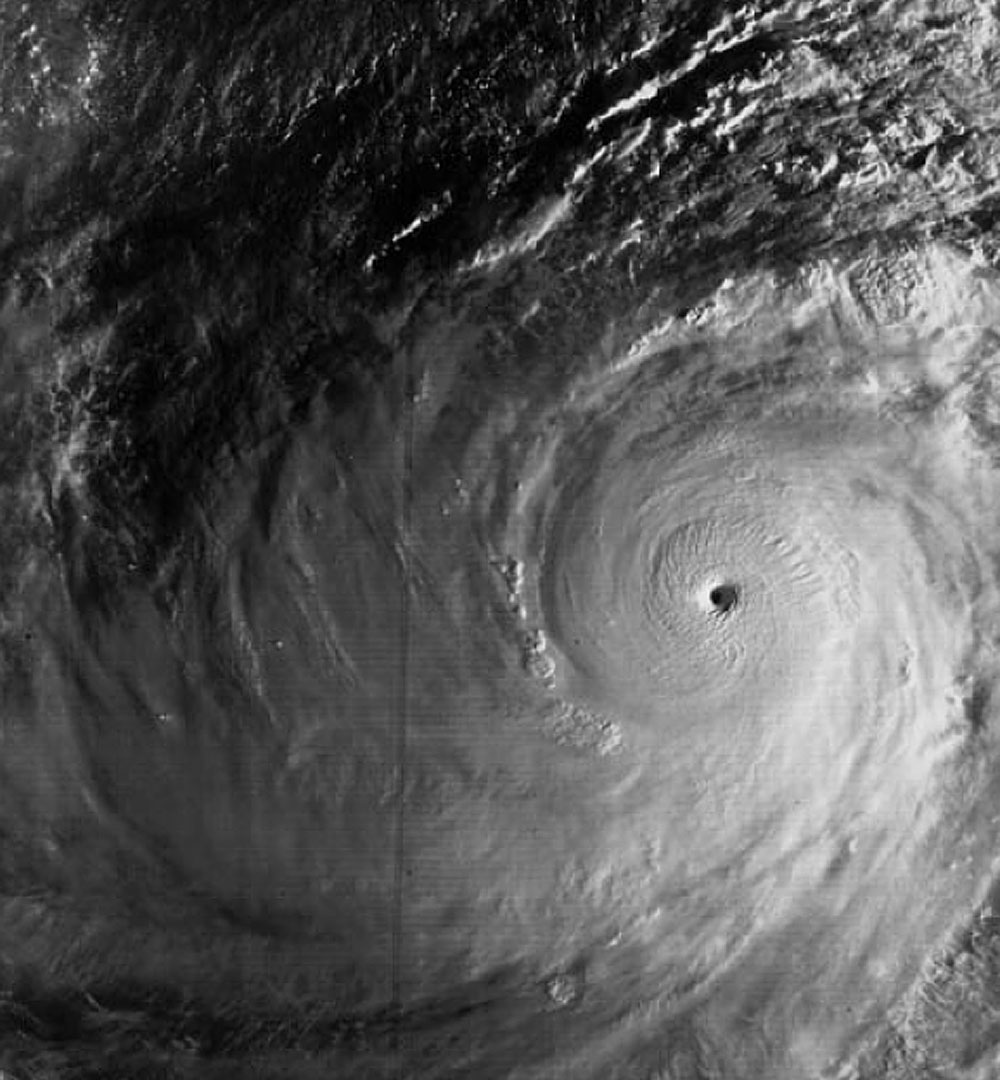Atmospheric pressure on an object is due to the weight of the atmosphere (i.e. the force due to gravity acting downward on the air particles) pushing down on the surface of that object. Atmospheric pressure decreases as altitude increases simply because there are fewer and fewer air particles at higher elevations. The base unit for measuring pressure is the pascal (Pa). This is a very small unit, however, and most countries in the world instead use the hectopascal (hPa) when measuring air pressure (1 hPa = 100 Pa). The United States, however, still uses an older unit of atmospheric pressure known as the millibar (mb). In practice, however, the actual numbers used in measuring air pressure values are the same since one hectopascal is equal to one millibar (1 hPa = 1 mb).
Investigating Air Pressure Around the World
Click on each location name in order to examine how altitude affects air pressure.
| Location | Altitude | Air Pressure (hPa/mb) | Notes |
| Singapore | 0 m (0 ft) |
1013.25 |
|
| Vail, Colorado | 2,455 m (8,022 ft) |
713.52 |
|
| La Rinconada, Peru | 5,100 m (16,700 ft) |
488.99 |
|
| Top of Mt. Everest, Nepal | 8,848 m (29,029 ft) |
286.27 |
|
Pressure Extremes
The lowest sea level air pressure in the world, 870 hPa (870 mb), was recorded in the eye of Typhoon Tip on October 12, 1979. The highest air pressure, 1085.7 hPa (1085.7 mb), was recorded in Tonsontsengel, Mongolia on December 19, 2001.
How Pressure Changes With Altitude
You already know that atmospheric pressure decreases as altitude increases simply because there are fewer and fewer air particles at higher elevations. But what is the exact relationship between atmospheric pressure and altitude? Go to Math Link…
Measuring Air Pressure
A device that measures air pressure is known as a barometer. The first barometer was invented by Evangelista Torricelli (1608–1647) in 1643. Go to History Link…
Aneroid: This word was first used in 1848 and is formed by combining the Greek a meaning without with the Greek word neros which means liquid. An aneroid barometer is a device that measures air pressure without the use of a liquid (i.e. mercury).
Barometer: This word dates from 1665 and is formed by combining the Greek word baros which means weight with the Greek word metron which means measure. The word barometer thus refers to a device that measures weight (of air). The invention of this word is generally attributed to the English scientist Robert Boyle (1627–1691).
